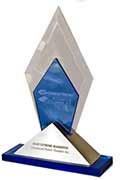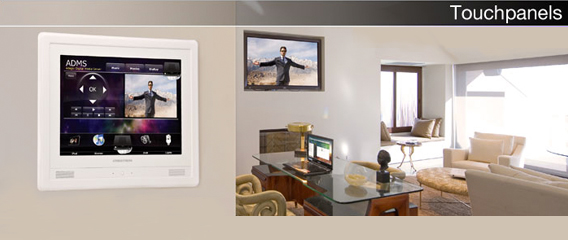To conclude this three part series on 2011 user interfaces, we are going to discuss touch panels, probably the most sleek and stylish of all user interfaces. Keypads, and remotes are the two types of user interfaces that we have discussed in previous posts. Click on the links above to learn more about their integration possibilities.
Touch panels have revolutionized the way people interactive with their technology. Since Steve Jobs and Apple’s creation of the iPhone and iTouch back in 2007, touch panels have been brought to the forefront and masses. So, how do touch panels fit into a client’s AV system? What are the options of different touch panels that are on the market today? What is the importance of programming and design?
Whether it’s hand held, in-wall, or on a tabletop, touch panels give flexibility to the user to control multiple functions from multiple onscreen interfaces. Everyone who has some sort of touch screen device knows how versatile they truly are. They can change applications, functions, and can be used in a variety of imaginative ways. The same is true when it comes to the touch panels in an AV system.
There are a number of different options when it comes to choosing the right touch panel. Crestron offers a wide variety of in- wall, tabletop, and wireless touch panels that come in a number of different sizes . Crestron also has an application for the iPad, iTouch, and iPhone that can function as part of a client’s AV system. Usually, a combination of touch panels are integrated into a client’s project all depending on room location and how the user wants to interact with their devices.
The most important aspect of an AV system’s functionality is the design and programming of each touch panel. All automation systems are created differently, for that reason a custom program has to be created to a clients specific AV tastes and systems functionalities like shades, lights, climate, audio sources, and video sources just to name the basics. A GUI is the design part of the touch panel. It gives the screen, if done properly, an intuitive easy to understand lay out of what it is that is going to be controlled through icons, images, shapes, and words.
In conclusion, there are many options when it comes to user interfaces. Touch panels give a versatile functionality that if programmed correct can be a perfect solution in many environments.




